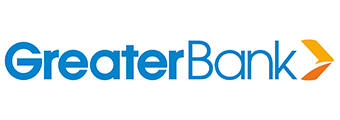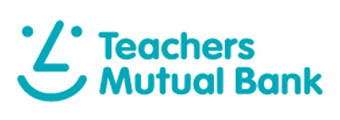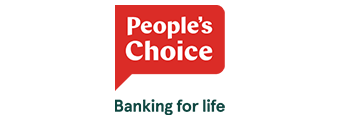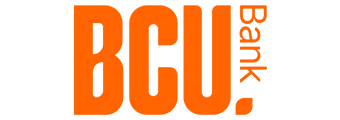Fact Checked
Customer-owned bank home loans for owner occupiers
| Lender | Home Loan | Interest Rate | Comparison Rate* | Monthly Repayment | Repayment type | Rate Type | Offset | Redraw | Ongoing Fees | Upfront Fees | Max LVR | Lump Sum Repayment | Additional Repayments | Split Loan Option | Tags | Row Tags | Features | Link | Compare | Promoted Product | Disclosure |
|---|---|---|---|---|---|---|---|---|---|---|---|---|---|---|---|---|---|---|---|---|---|
5.43% p.a. | 6.02% p.a. | $2,817 | Principal & Interest | Variable | $350 | $0 | 90% | ||||||||||||||
5.74% p.a. | 5.76% p.a. | $2,915 | Principal & Interest | Variable | $0 | $210 | 70% | ||||||||||||||
5.84% p.a. | 5.85% p.a. | $2,947 | Principal & Interest | Variable | $0 | $180 | 90% |
| |||||||||||||
5.79% p.a. | 5.82% p.a. | $2,931 | Principal & Interest | Variable | $0 | $799 | 70% | ||||||||||||||
5.84% p.a. | 5.88% p.a. | $2,947 | Principal & Interest | Variable | $0 | $0 | 80% |
| |||||||||||||
5.84% p.a. | 5.86% p.a. | $2,947 | Principal & Interest | Variable | $0 | $0 | 80% | ||||||||||||||
6.04% p.a. | 6.07% p.a. | $3,011 | Principal & Interest | Variable | $0 | $null | 80% | ||||||||||||||
8.51% p.a. | 8.57% p.a. | $3,848 | Principal & Interest | Variable | $0 | $750 | 95% | ||||||||||||||
8.71% p.a. | 8.78% p.a. | $3,919 | Principal & Interest | Variable | $0 | $799 | 80% |
Important Information and Comparison Rate Warning
Important Information and Comparison Rate Warning
Customer-owned bank home loans for investors
| Lender | Home Loan | Interest Rate | Comparison Rate* | Monthly Repayment | Repayment type | Rate Type | Offset | Redraw | Ongoing Fees | Upfront Fees | Max LVR | Lump Sum Repayment | Additional Repayments | Split Loan Option | Tags | Row Tags | Features | Link | Compare | Promoted Product | Disclosure |
|---|---|---|---|---|---|---|---|---|---|---|---|---|---|---|---|---|---|---|---|---|---|
5.89% p.a. | 5.91% p.a. | $2,962 | Principal & Interest | Variable | $0 | $210 | 70% | ||||||||||||||
6.04% p.a. | 6.07% p.a. | $3,011 | Principal & Interest | Variable | $null | $null | 70% | ||||||||||||||
5.99% p.a. | 6.05% p.a. | $2,995 | Principal & Interest | Variable | $0 | $799 | 80% | ||||||||||||||
6.04% p.a. | 6.37% p.a. | $3,011 | Principal & Interest | Variable | $350 | $0 | 70% | ||||||||||||||
6.09% p.a. | 6.15% p.a. | $3,027 | Principal & Interest | Variable | $0 | $835 | 70% |
Important Information and Comparison Rate Warning
Important Information and Comparison Rate Warning
Compare home loan options
Refinancing Home Loans
Investment Home Loans
Compare Investment Home Loans
Refinancing Home Loans
Non-Bank Home Loan Lenders
Fixed-Rate Home Loans
Variable-Rate Home Loans
Interest-Only Home Loans
Construction Loans
Green Home Loans
Offset Home Loans
Big 4 Home Loan Rates
5% Deposit Home Loans
Low Doc Home Loans










